Building Performance Policies Across the US
These state and local initiatives are raising the bar for energy-efficient buildings.
Awareness is spreading across the country that climate change needs to be slowed to a complete stop, because avoidance in “looking up” doesn’t slow down the impeding threat the world is facing. Unlike in Adam McKay’s comedy/disaster movie that has divided viewers and critics alike, in reality, the world must look up and around, go beyond assessing and start acting. There are no other takes, the world is not a movie set and yes, truth is stronger than fiction.
One by one, governments across the country understand that one major way to addressing climate change is to decarbonize buildings. Commercial Property Executive got in touch with the Institute for Market Transformation and reviewed all the building-focused legislation and codes that create momentum for greater building efficiency and performance. IMT has helped design and implement many of these policies that subject more than 10 billion square feet of commercial and multifamily space across the U.S.
“IMT has served as a technical partner to a varying degree for a number of the jurisdictions with building performance standards ordinances, including Washington, D.C.; St. Louis, Mo.; Denver and Boston,” told us Zachary Hart, IMT’s associate director of building performance policy.
Washington, D.C.–BEPS
The first policy of its kind in the country, BEPS stands for Building Energy Performance Standards and Benchmarking. Enacted in 2018, its goal is to help meet the energy and climate goals of the Sustainable DC plan, which is to reduce greenhouse gas emissions and energy consumption by 50 percent by 2032.
The policy requires an Energy Star score or an equivalent metric—for those eligible for an Energy Star score, the building energy performance standard shall be no lower than the District median Energy Star score for buildings of each property type. The performance standards will be renewed every six years by the District Department of Energy & Environment. Buildings that meet the performance standard at the beginning of the period have no regulatory requirements for that compliance cycle. Those that don’t meet them enter a compliance cycle where they must either reduce site energy use intensity (EUI) by 20 percent by the end of the compliance cycle, comply prescriptively or improve their performance to the standard if the current one is better than the national median.
Covered buildings come in tranches: the first one comprises all privately owned buildings equal to or larger than 50,000 square feet and district-owned buildings equal to or larger than 10,000 square feet—these started being tracked in January 2021. The second tranche includes all privately owned buildings equal to or larger than 25,000 square feet and will begin being tracked in January 2027. The final one will include all privately owned buildings equal to or larger than 10,000 square feet.
According to C40’s BEPS Analysis, requiring all buildings over 10,000 square feet to meet the 50th percentile of ENERGY STAR scores in the District has the potential to reduce citywide energy usage by more than 20 percent, which equates to 1.05 million metric tons of greenhouse gases annually.
Washington State–The Clean Buildings Act
The bill was enacted in 2019 and targets non-residential buildings of 50,000 square feet or larger. The standard will be updated in 2029 and every five years thereafter.
The performance metrics measure the EUI, which must be no greater than the average EUI for the building’s occupancy type, with adjustments for unique energy-using features. The Clean Buildings Standard requires that these buildings comply with the energy management provisions of ASHRAE Standard and the proposed rules set first target at 15 percent below average EUI for each building type.
The law requires the Department of Commerce to create a “conditional compliance method” for buildings that don’t meet the performance target. The owners of these buildings must complete energy audits and invest in measures that meet a savings-to-investment ratio of 1.0 or greater.
Exemptions include historic buildings, buildings with no certificate of occupancy for all 12 months prior to compliance date, buildings with the average occupancy of less than 50 percent, industrial and agricultural buildings, and those that meet conditions of financial hardship.
New York City–Local Law 97
Perhaps the most well-publicized legislation piece, LL97 is part of the greater NYC Climate Mobilization Act passed in 2019 and includes Local Laws 92, 94, 96 and 97. The bill covers all commercial and multifamily buildings greater than 25,000 square feet, which will have their annual greenhouse gas emissions measured and limited by specific formulas:
- Emission limits are set for each building by multiplying the corresponding building type’s emissions intensity limit by the building’s gross square floor area.
- GHG emissions are calculated by multiplying the total energy consumption of each fuel type by the corresponding greenhouse gas coefficient for that fuel type and totaling the resulting emissions.
Property owners and managers have until year 2024 to upgrade their buildings to the initial law requirements. The emission targets change every five years onward, becoming increasingly stringent. Even though the measurements will be performed annually, buildings can use Renewable Energy Credits and offsets to compensate for going above the emissions limits. Moreover, similar to the Air Rights rule, which originated in New York City—which means that a property can “buy” the airspace of a nearby smaller building and apply it to its own height—the city is analyzing a carbon trading system which would enable buildings that do not meet the annual emissions limits to buy credits from buildings that are below the limits.
READ ALSO: Greening an Entire City: The Ithaca Model
Buildings not covered by LL 97—such as some affordable housing, multifamily properties with more than 35 percent of units subject to rent regulations and places of worship—still have a prescriptive list of energy conservation measures to comply with.
Exemptions to the policy include industrial facilities used for generation of electric power of steam, dwellings with less than three stories consisting of attached, detached or semi-detached housing for which owners are responsible for HVAC and hot water, city buildings, NYC Housing Authority buildings, rent-regulated properties, real estate owned by religious corporations and used as places of public worship and properties owned by a housing development fund organized pursuant to article 11 of the Private Housing Finance Law.
According to Urban Green Council’s LL 97 Summary Fact Sheet, the 40 percent citywide emissions reductions by 2030 from a 2005 baseline marks a 26 percent reduction, or 5.3 million metric tons, from today.
St. Louis, Mo.–The Building Energy Performance Standard
Ordinance 71132 was enacted in 2020 and covers all municipal, commercial, institutional and multifamily buildings of 50,000 square feet or larger. The standards are measured in site energy use intensity and based on building type. The compliance cycle lasts four years, beginning in May 2021, and each cycle is followed by one year to set standards for the next cycle. Qualified affordable housing buildings and houses of worship will operate on a six-year compliance cycle.
Current standards are to be set no lower than the 65th percentile by property type, so that at least 65 percent of the buildings of the property type have a higher EUI. Those which meet the standard at the end of each four-year cycle are compliant. According to the bill, those that “benefit from deep energy improvements and achieve energy performance well beyond the required performance standards” will be in compliance for 15 years. The property owners who estimate that they will be unable to meet the standards by the deadline or will reach them with extreme difficulty can propose an alternative compliance plan.
Exemptions include demolition permit issued or demolition planned during the compliance cycle, financial hardship or if compliance will not be in public interest, building is industrial or communications infrastructure, or the property is owned by the state or federal government.
Boston–BERDO 2.0
BERDO stands for Building Emissions Reduction and Disclosure Ordinance and was enacted in the final quarter of 2021. It requires all buildings over 20,000 square feet to achieve zero carbon emissions by 2050. Specifically, the ordinance targets about 4 percent of the city’s structures—including commercial and residential buildings—that produce 60 percent of the city’s building emissions. Buildings that are 35,000 square feet or larger will have to start meeting emissions caps in 2025, and those that are 20,000 square feet or larger by 2030.
To reach carbon neutrality, any combination of energy efficiency, electrification, onsite renewables is allowed. Buildings may also use renewable energy credits. Exemptions include state, county and federal buildings, as well as newly constructed buildings, those with permits for demolition and those facing specific financial distress.
According to estimates, the policy will prevent roughly 37 million metric tons of carbon emissions over the next 30 years.
Chula Vista, Calif.–The Building Energy Saving Ordinance
Enacted in 2021, the Building Energy Saving Ordinance covers municipal, commercial, institutional and multifamily buildings of 20,000 square feet or larger and uses Energy Star score or weather normalized site EUI as performance metrics. The buildings that qualify as high performance buildings—have a verified Energy Star score of 80 or above, or are Energy Star-certified or are LEED Existing Building Certified for three of the five preceding years—are considered compliant and do not need to take further action.
The compliance cycle runs five years beginning in 2023 for buildings of 50,000 square feet or larger, and in 2026 for buildings larger than 20,000 square feet.
The policy doesn’t apply to state, county and federal buildings, Metropolitan Transit Service buildings, or those owned by the Chula Vista and Sweetwater school districts. Other exemptions include properties that have been occupied for less than five years; properties in distress or with a permit for demolition that have already commenced demolition work and properties that have not been previously subject to the benchmarking requirement.
Colorado–HB21-1286
Public, commercial, institutional and multifamily buildings of 50,000 square feet or larger will need to achieve a reduction in greenhouse gas emissions of 7 percent by 2026 compared to 2021 levels and by 20 percent by 2030 compared to 2021 levels. The bill was enacted last year and has a four-year compliance cycle starting in 2026 and going through 2050.
Storage facilities, stand-alone parking garages and airplane hangars that lack heating and cooling are exempt from the policy, as well as buildings where more than half of the floor area is used for manufacturing, industrial or agricultural purposes. Single-family homes, duplexes and triplexes are also exempt from the policy.
Denver, Colo.–Bill 21-1310
Passed in 2021, the bill covers all commercial and multifamily buildings larger than 25,000 square feet. As performance metric, the bill relies on weather normalized site energy use intensity.
Specifically, each covered building must meet a maximum site EUI standard based on its occupancy type by 2030. During this period, buildings are required to meet interim performance targets in 2024 and 2027, to ensure progress toward the final 2030 standard. Furthermore, buildings of 5,000 to 24,999 square feet must either certify they use all LED lighting or an equivalent lighting power density or demonstrate they have acquired enough onsite or offsite solar energy to meet 20 percent of the building’s annual energy use. Last but not least, the ordinance contains electrification requirements for most space and water heating equipment at the time of replacement.
Why so many pathways toward the same goal?

Zachary Hart, Associate Director of Building Performance Policy, Institute for Market Transformation. Image courtesy of the Institute for Market Transformation
Despite the evident similarities between these policies, each locality/region has its own determinants. These range from geographic climate differences—some jurisdictions have much greater heating/cooling loads than others—to differences in the building stock—such as age, size and materials used—and to the mix of the energy supply in a given location.
Political factors also weigh heavy in the creation and enactment of these policies and depend on the priorities of the community and its industry stakeholders. Moreover, Hart explains, these are also influenced by the differences in the regulatory authority that resides in local governments and their states. A telling example is Denver, which has the authority to amend its building codes in a way that many other jurisdictions do not.
Hart believes that there is an emerging consensus around a few principles for these types of policies:
- Maximize certainty for building owners. They should know what performance targets they need to achieve throughout the duration of the policy to inform investment decisions related to long-lived assets like HVAC and building envelopes.
- Address social and racial equity. This is especially important in treatment of affordable housing, nonprofits, distribution of incentives, assistance etc.
- Drive early action. Every ton of greenhouse gases saved today is more valuable than years into the future.
- Regulatory fairness. Policies should call for fair levels of effort across all buildings and be flexible enough to accommodate unusual circumstances that would make normal compliance overly burdensome.
- Simplicity. Jurisdictions should strive to minimize complexity wherever possible to make it easy for stakeholders to understand and comply with the policies.
From policy exemptions to loopholes. How will these exempt cases be verified?
In general, the Institute for Market Transformation encourages jurisdictions to only exempt buildings from their policies as a last resort. “Instead, we recommend providing assistance and putting in place an alternative compliance path that offers more flexibility to these buildings to help them meet the standards, even if it takes more time,” Hart explained.
Specifically, he said that it may be much more cost effective for a building owner to invest in a comprehensive retrofit at the same time as the planned replacement of a major piece of equipment—such as replacing a boiler with a heat pump. In many cases, Hart added, the jurisdiction should be willing to adjust the owners’ compliance schedule to allow that.
“Obviously, this involves making judgement calls, however, careful design of rules, regulations and procedures, as well as the leveraging of expertise from a technical advisory board, can deter the abuse of such compliance paths,” Hart said. “As for verification, this will depend on the resources and authority of each jurisdiction, but some mixture of inspections—whether carried out by government or unbiased third parties—and rigorous documentation will be required to ensure that exemptions and adjustments are issued only for legitimate cases,” he added.

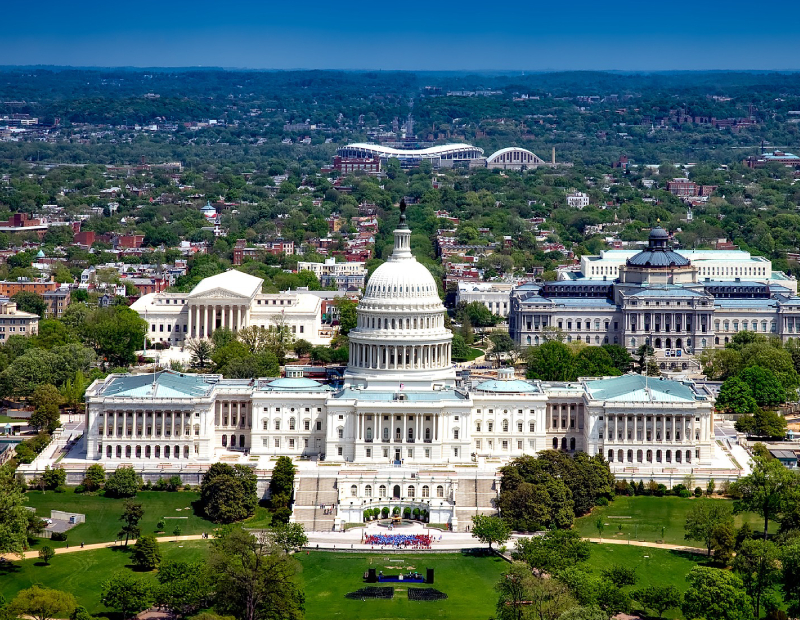
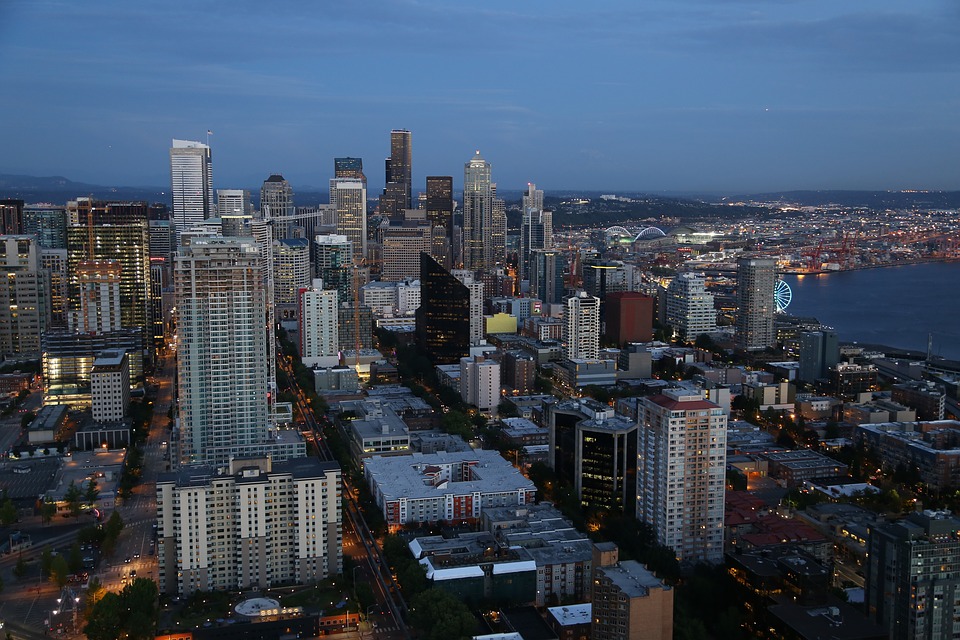
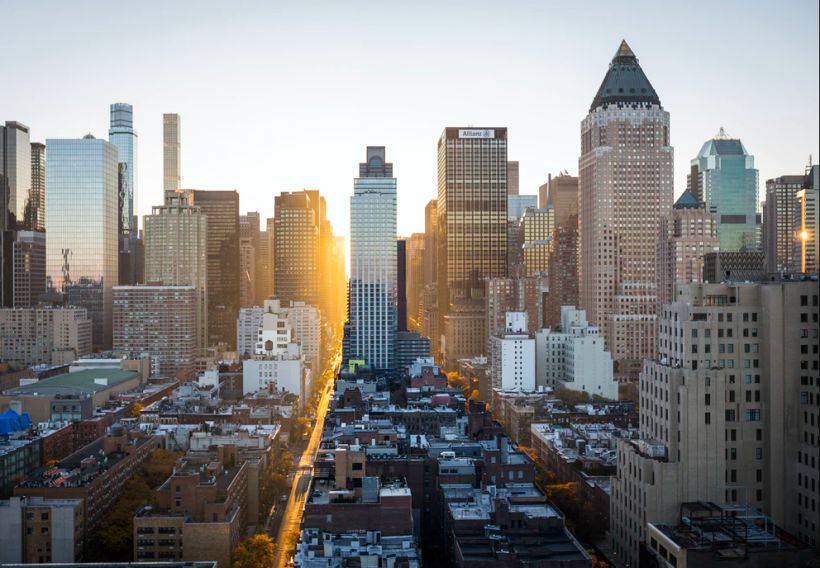
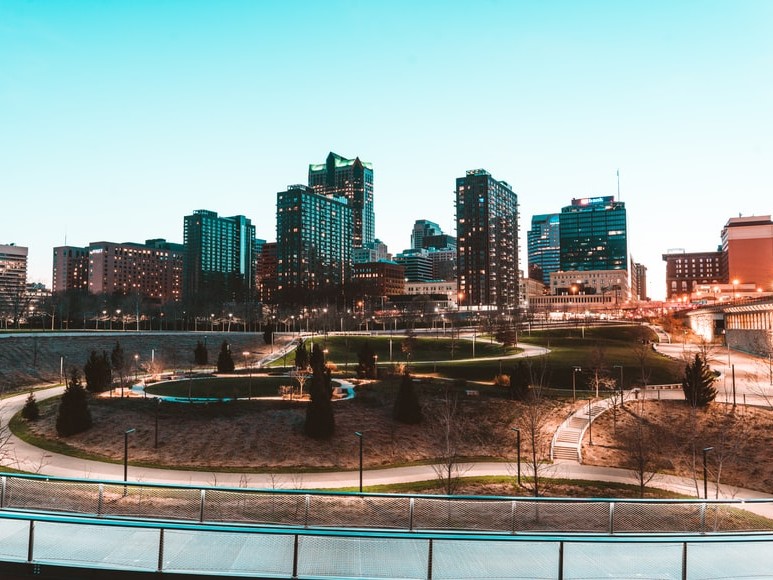
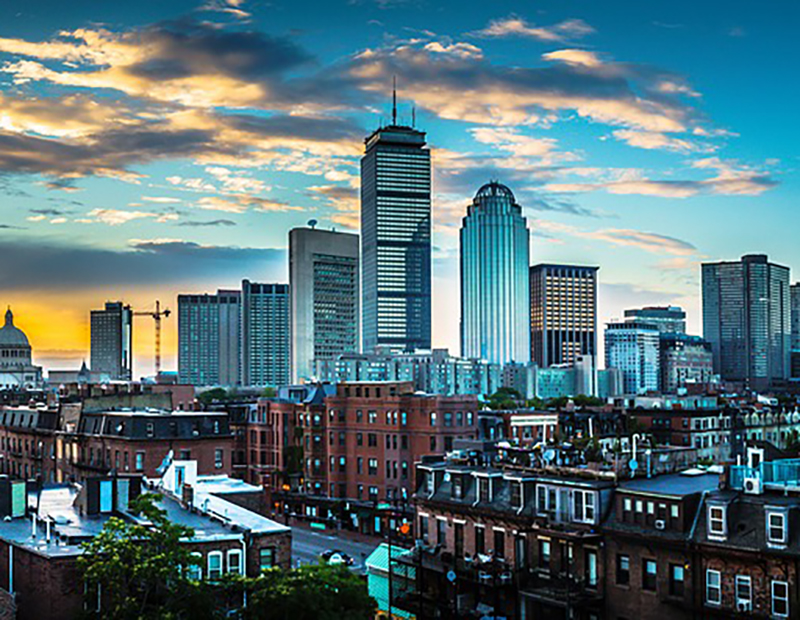
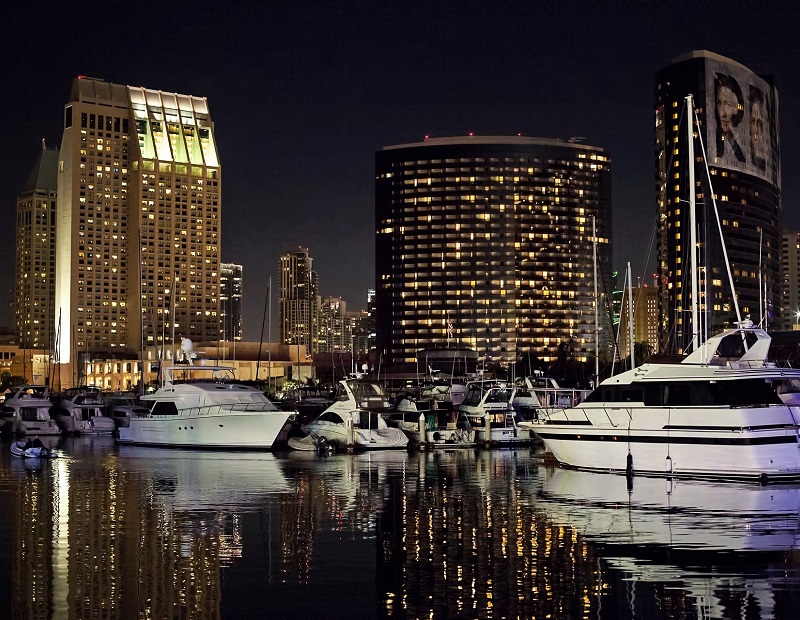
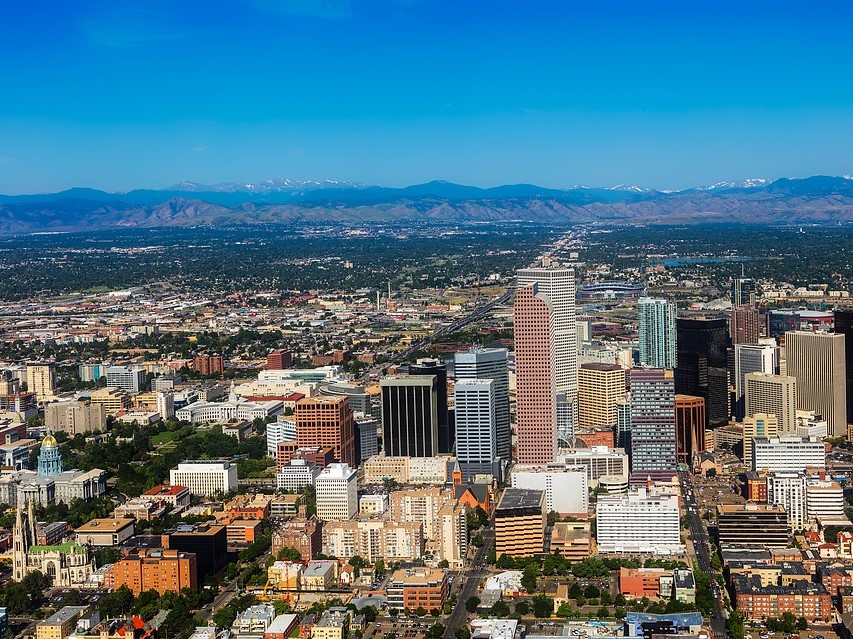






You must be logged in to post a comment.